The Women’s Struggle in Art: Groundbreaking New Dallas Exhibition Examines Representation and the Fight for Recognition
BY Natalie Gempel // 04.12.18"Selfish in Bed," Sarah Lucas, 2000.
While the #MeToo movement sheds light on gender inequality and women’s disenfranchisement across industries, a new exhibition at the Goss-Michael Foundation is a visual manifestation of how those very issues have shaped contemporary art. “Beauty and Subjugation from The Goss-Michael Collection” is an exploration of the artistic struggle to represent women – and what we can learn from the resulting triumphs and failures.
Curated by international art advisor and PaperCity European editor-at-large, Filippo Tattoni-Marcozzi, the gallery show is intended to open a dialogue among viewers, and connect back to the broader (and incredibly relevant) conversation about women’s role in society. We caught up with Tattoni-Marcozzi to chat about the groundbreaking exhibition, on view at Goss-Michael Foundation through May 31.
What do you think the exhibition says about the representation of women in art? Is it problematic, or something to be celebrated?
I intentionally wanted to open up the conversation and try to present both.
For me, it was more about how contemporary artists of my generation – in their forties or fifties – approached the idea of representing the female body and female issues, either being women themselves, or men.
Some of course, depict the female body in a slightly objectified way, which is unfortunately way too common, and some, on the other hand, tried to portray a different way of sexual liberation, and gender liberation, and freedom.
Tracey Emin, for example… in her work, you see how she’s very much using herself and her own persona, her own body, her own sexuality to confront the audience and to have people look beyond the representation of a woman. It’s more about her own life experience, her own fears, her own personality.
In this show, you’ll see some very very powerful works from female artists who have made their life’s work about standing up and building their own artistic persona – fighting for the recognition that is due to their work regardless of their gender.
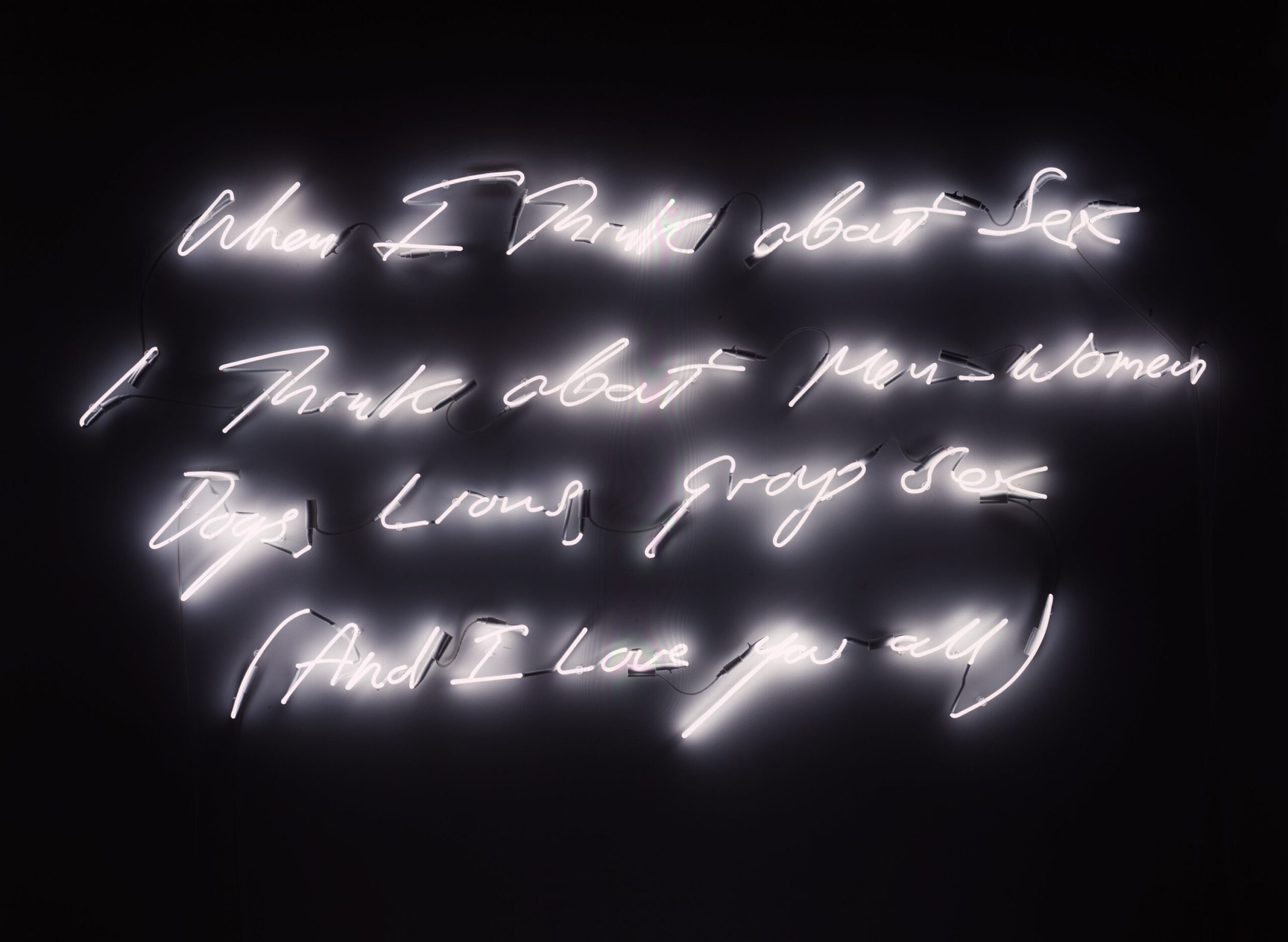
What can we learn from art that does objectify women?
I think it’s important for viewers to confront themselves with uncomfortable truths, and art, contemporary art, especially, is part of that conversation. It’s the educational part that any kind of artistic outreach has, being a movie, being a book, a poem or a work of art – it’s supposed to spark something in the viewer or the reader, and the works in this show hopefully will have that effect.
There’s always need to learn from something that might make you feel uncomfortable, or something that attracts you and you don’t know why, so never stop asking questions. But, mostly everyone will have a different reaction, and that’s why I wanted these works to be in a broader conversation among themselves,
I didn’t want to pinpoint and explain too much, as they say “mansplain.” I definitely didn’t want to mansplain. The idea was to provide the audience with as many stimulating images as possible and allow them to bring their own ideas, fears, attractions into the conversation and see if they come out of the show with a different view, or a challenged view.
The exhibition focuses on the artistic struggle to represent women’s “most intimate stories with honesty.” Do you think that problem also applies to the representation of men in art? Could it be that women are expected to be more open and vulnerable, even in artistic portrayals?
We come from centuries of cliches. Still today, we think of women as a sort of gentle sex. Women are supposed to be mothers and wives, and we obviously still have a much broader standards for women to be able to express themselves, to be able to make mistakes, and at the same time to be the perfect mothers who can educate the next generation, but at the same time we would like them to be strong, and successful, and free.
Men have had it more easily. We’re reaching a point where there’s an equality on the horizon on so many levels, and I think it’s important that we keep looking at that. And of course, men might have a different issue. Men might have suffered from the pressure of hiding their emotions, hiding their fragility, and maybe the struggle for men will be to find a way to reach their own horizon where they can be more honest with themselves and with society and be able to confront their shortcomings and their fragility and insecurity without feeling emasculated, which is another word which I hate!
Even our language has all these words which are misogynistic. If a man is not in power we would consider him emasculated, which is absolutely silly and anachronistic.
How these visual dialogues contribute to the broader conversation surrounding the #MeToo movement.
I think it’s an important time in our society where we are mostly asking questions rather than giving answers. And it’s important to me that the next generation will come up with some good answers.
The Goss-Michael Foundation’s main reason is to educate and stimulate and bring up issues and conversations using contemporary art. So, it’s important that this show reaches young people and shows them that these issues and these questions are still very much true today, and nobody has the perfect answer.
Art is always a great way to make you think and give you some inspiration that you can reflect on.
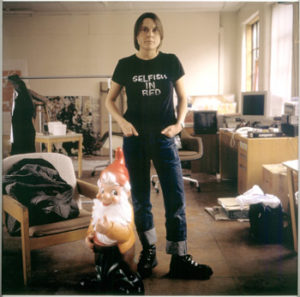
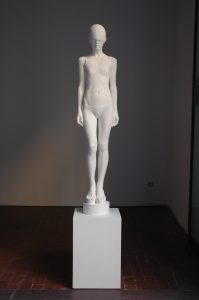
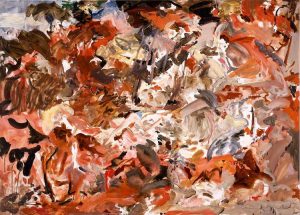
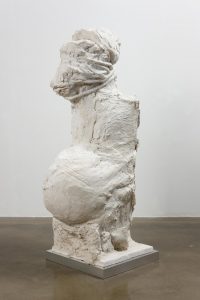
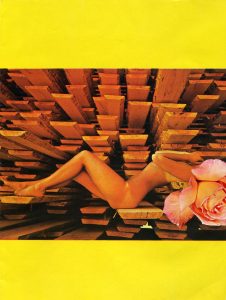

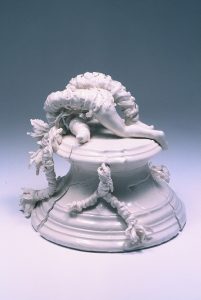
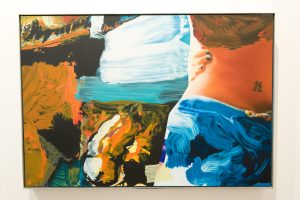
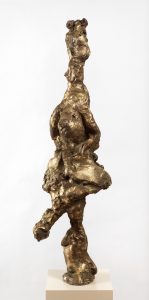



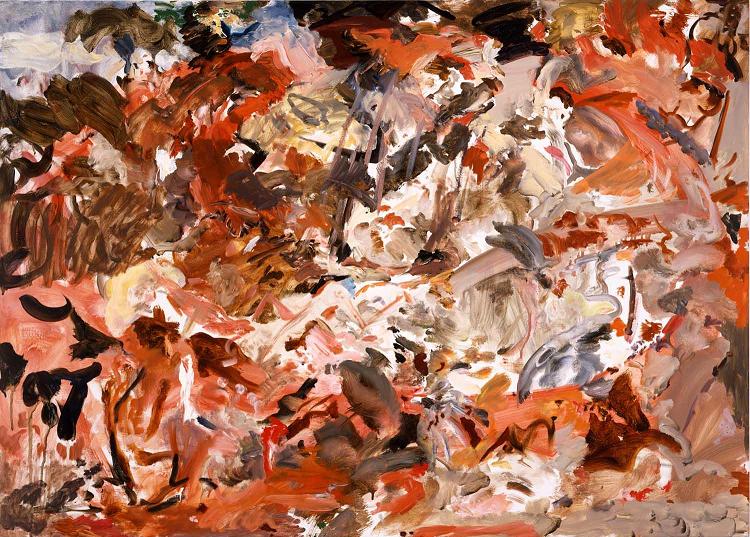
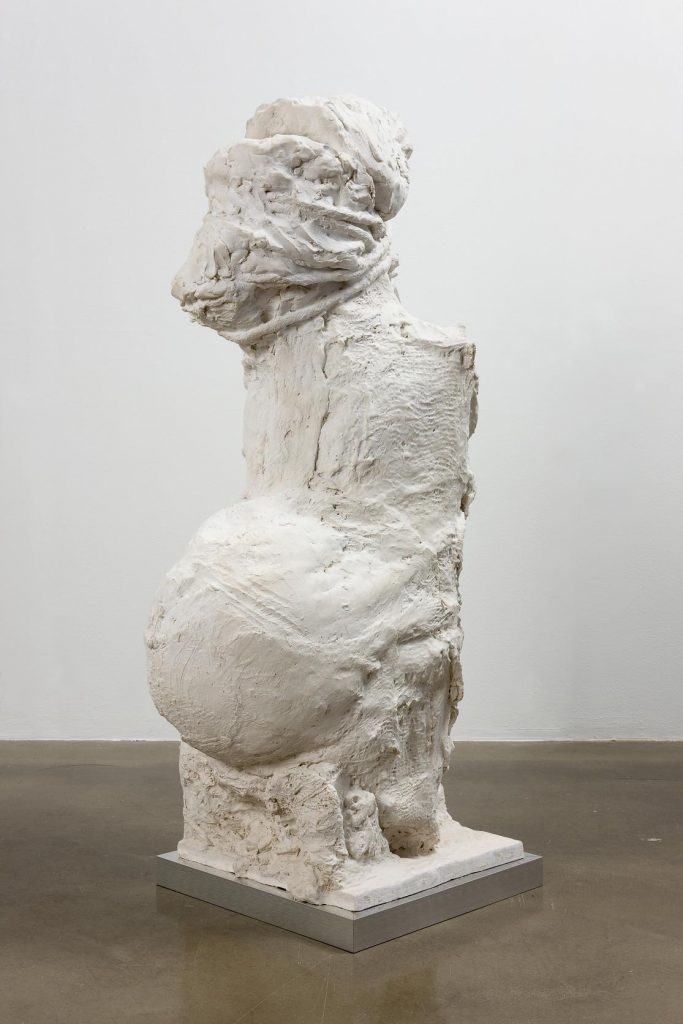
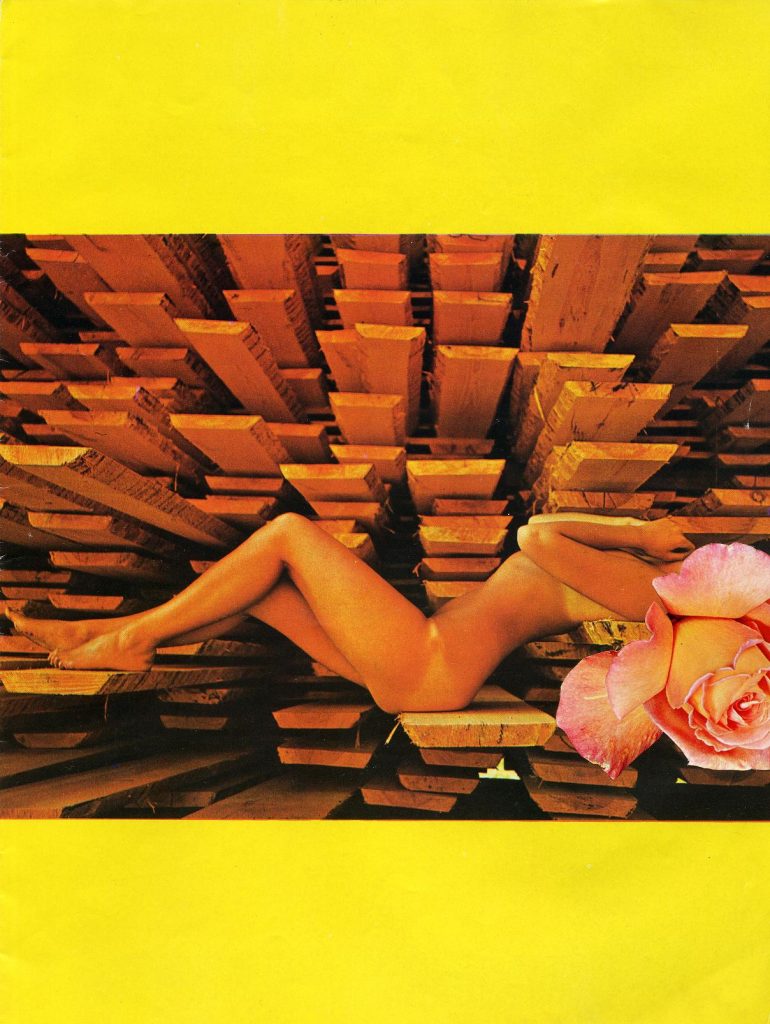
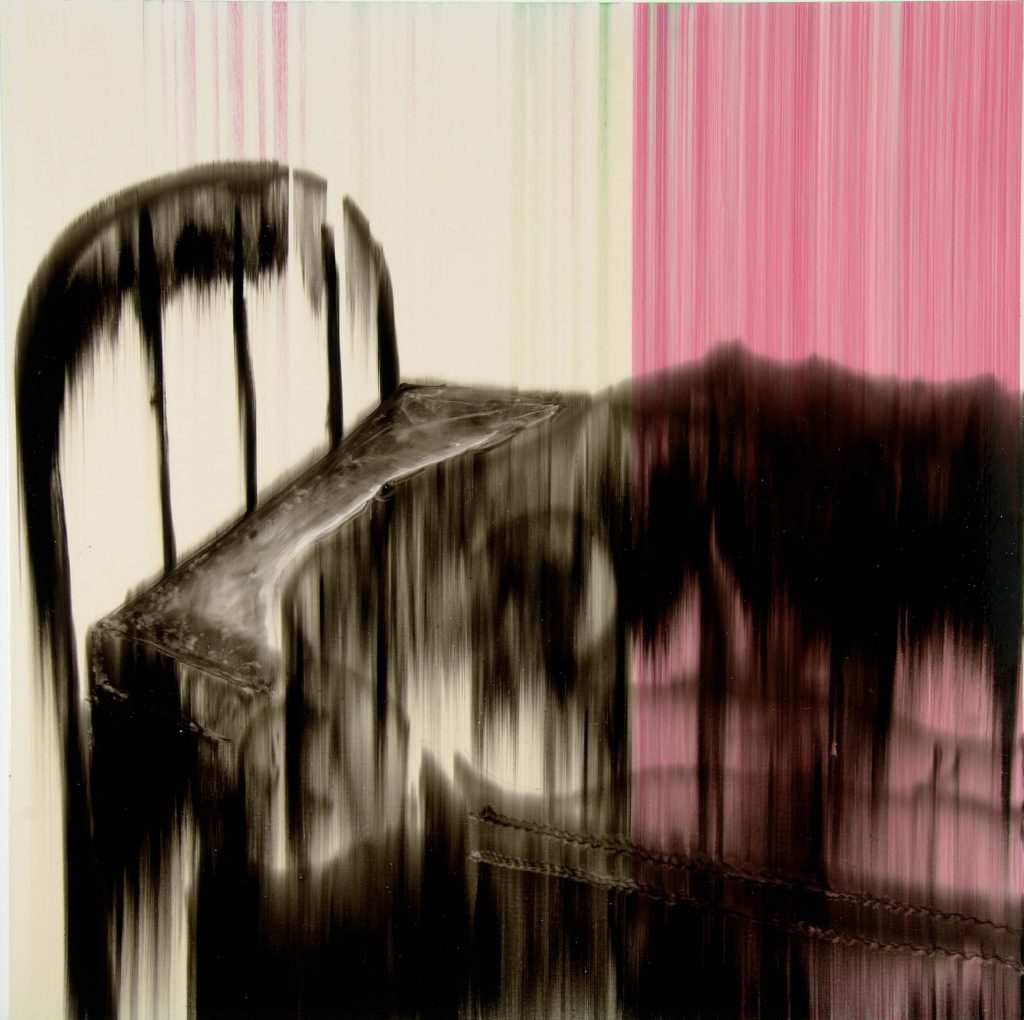
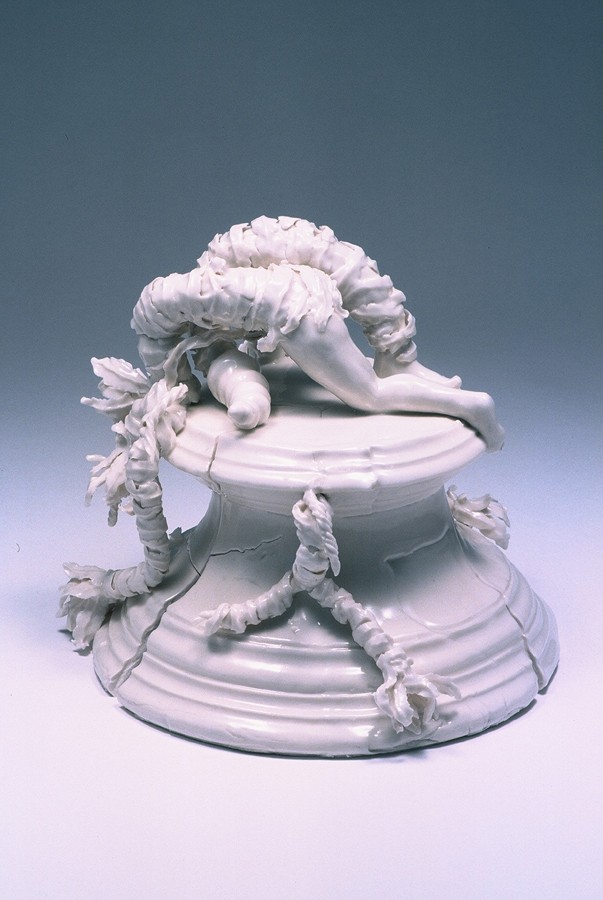
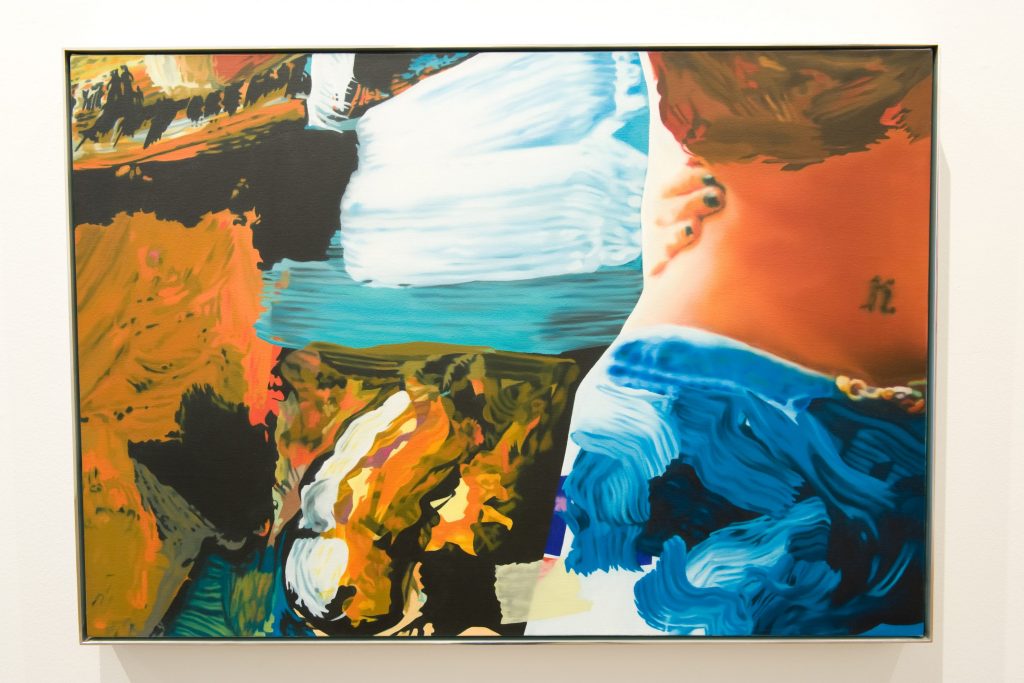
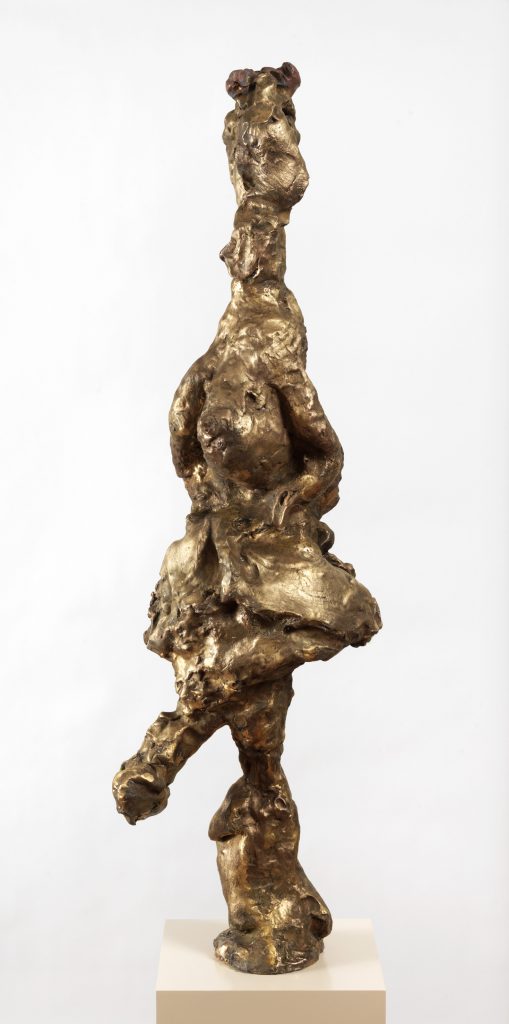
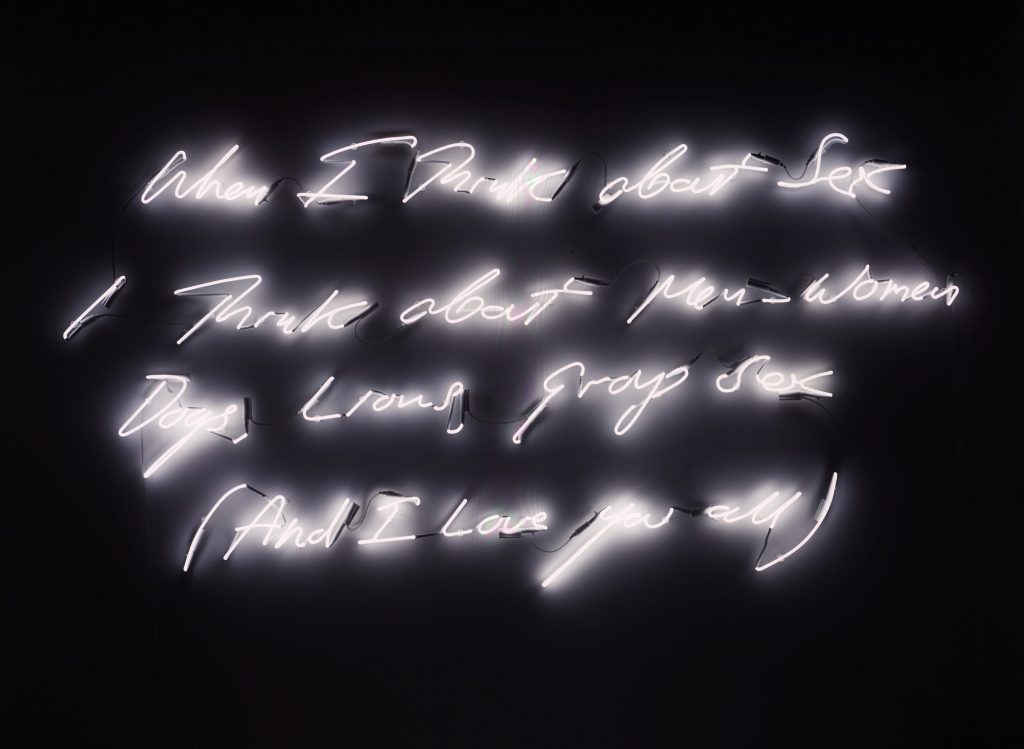







_md.jpeg)















